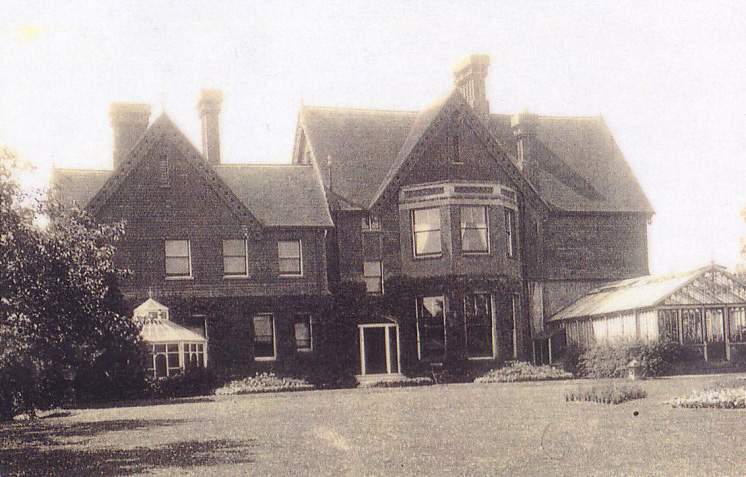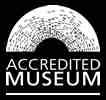Mill Hall
Contributed by David Mortimer
The original kernel of the house is the three-storey block on the north side of Staplefield Road facing the rugby pavilion on Whitemans Green playing fields. Reputedly, this was built in the mid 1850s and lived in by the Bevan banking family whilst Horsgate House was being built for them. They evidently retained ownership because in 1887 Richard Bevan signed a covenant with Warden Sergison not to allow any building other than for farming purposes on the land south of Staplefield Road. This implies that Richard had acquired from the Sergisons the land that is now the playing fields and thus built up the 53 acres north and south of the road that comprised Mill Hall estate.
Twynihoe Robert Erle acquired the house and estate in 1890, and set about adding the north west wing, with its high-pitched roof, enlarging the servants’ quarters on the east. Erle seems to have been an energetic character since, new building apart, he threw himself into village life, practised carpentry enthusiastically, was a significant patron in raising the money for the Queens Hall in 1897, hosted the enormous bonfire that year to celebrate the Queen’s Diamond Jubilee, and spent happy hours tramping the countryside and sketching wild flowers. He died in 1906 and the Mill Hall estate was sold in December 1907 to the Reid family for £7,000.


Percy Lester Reid was, it is thought, a marine insurer but he barely had time to move in before he too died, in August 1908, leaving three sons – Percy Thomas, a regular army officer who survived WW1 and retired as a Colonel; Ernest Gordon, who went into the church and ended as Archdeacon of Hastings; and Stuart Keppel, who went into the City, enlisted on the outbreak of war and was killed in France in July 1918.
There was one daughter, Shirley, who nursed in the Queens Hall when it was converted to a hospital in WW1 and remained unmarried. When Florence Reid, her mother, died in September 1946 at the ripe old age of 91, Shirley moved first into the village and then to Chailey where she died in about 1972.
One of the evacuee boys who lived at Mill Hall in WWII kept in touch with Shirley and remembers her with great fondness, as he does her mother. When, on his first day, he asked Mrs Reid whether he was allowed to walk on the grass she not only said he was but bought him a football and boots to play on it with his co-evacuees from Stepney.
The final chapter of Mill Hall’s life as a single private house came in January 1948 when the house was sold. The purchaser was Mary Corbishley who founded the school for deaf children which continued until it moved to Newbury in 1996.

If you are interested in this or any other Cuckfield topics, why not visit us in the museum.





